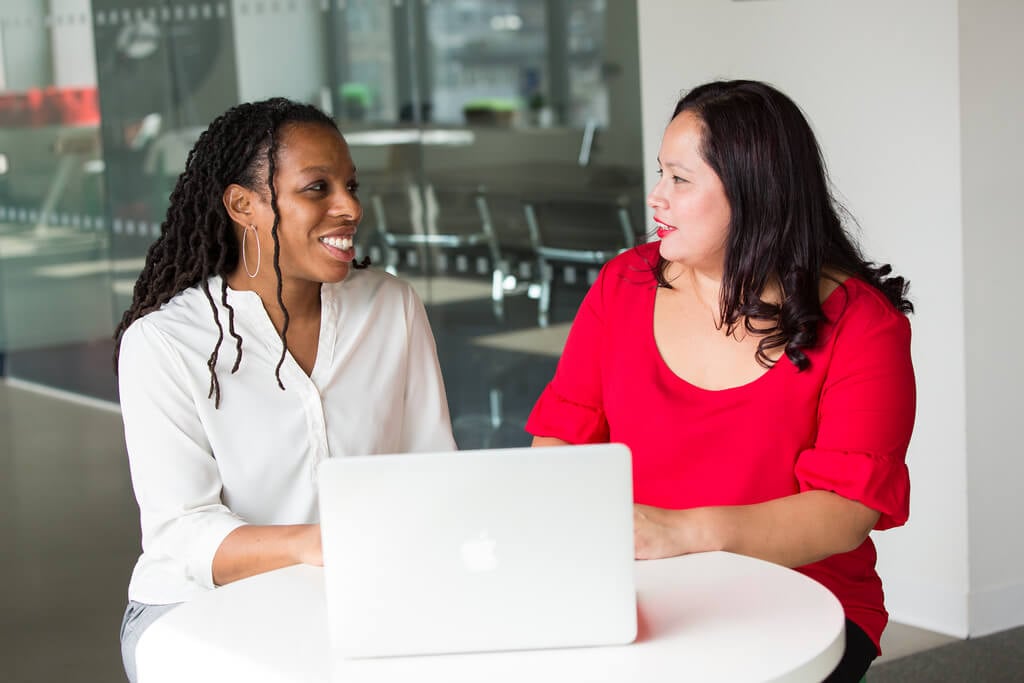When I first started the Teaching Fellows program five years ago, I was nervous about my first day in the classroom, as many educators are. I knew what kind of teacher I wanted to be, but I was not sure what to expect when school started.
A asked a good friend of mine, who had been working as a teacher’s aid for several years, for advice. She told me, “It’s not the kids you have to worry about - it’s the adults.” At first, I didn’t believe her, but I and the 100+ other Fellows in the program soon found out she was correct.
Co-teaching is like a marriage, a phrase several of us educators have heard time and time again. You see the same person every day and work with the same person every day to tackle challenges together in the classroom and school. Your co-teacher is your partner and it is important that this relationship remains healthy and productive. As we know, our job is just as difficult as it is rewarding. It is a job that cannot be done alone. When the relationship between your co-teacher and yourself goes on a rocky patch, the students will notice. It isn’t easy being the advocate for the students on your caseload and the liaison between the students, their families, administration and the teachers you work with, but it is possible.
The first relationship you will most likely make in the school is with your co-teacher. It is also the most important. The efficiency of your pedagogy depends on how well the two of you are able to communicate and work with one another. A crucial part to you and your students’ success in the classroom is how well you communicate with your co-teacher. In my graduate program, we were introduced to a co-teaching worksheet and encouraged to complete it with our co-teachers. To this very day, this worksheet has helped me create and maintain a positive working relationship with my co-teachers. The worksheet can be found here.
I would recommend, as soon as you and your co-teacher have time to plan together, to complete this worksheet with one another before you start any other task. This form will outline how the two of you can best communicate with one another, as communication is the essential key to any relationship. Be completely honest in this worksheet. This is a space for you to let your co-teacher know your strengths, your needs, and how you communicate. You will both need this information as things get busier throughout the year.
The worksheet can be completed by the both of you on a Google Doc during seperate times or even at the same table together. But it is important to review the document and discuss it after you have completed it. Be sure to revisit the document throughout the year. If things are getting rough, have another meeting with your co-teacher and add on to the document or modify it. The great thing about sharing this worksheet with your co-teacher on Google Drive is that it is a living document that will grow and improve as your working relationship grows and improves.
For more information on effective communication strategies, please visit: https://www.youtube.com/watch
Author: Haydenn Harper

